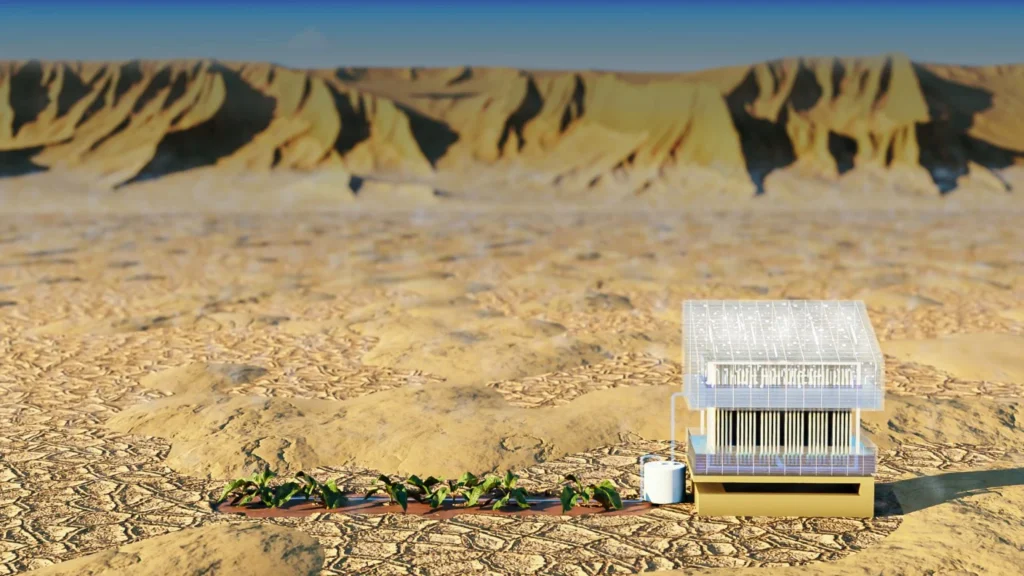KAUST researchers have developed an innovative solar-powered water harvester that efficiently extracts water from the air, even in arid regions, without requiring manual maintenance. This self-sustaining cycle is inspired by natural plant processes and promises affordable water solutions for areas where water is scarce.
Existing solar-powered harvesters are often cumbersome, requiring a two-stage cycle that involves capturing water from the air and then heating it to extract the water. This process typically requires manual labor or a switching system, adding complexity and cost.
The new harvester, however, passively alternates between the two stages, allowing it to cycle continuously without intervention. The team drew inspiration from nature, observing how plants efficiently transport water from their roots to their leaves through specialized structures.
The system features mass transport bridges, consisting of vertical microchannels filled with a salt solution that absorbs water. The water-rich salt solution is pulled up the channel by capillary action, similar to how plants transport water, and then the concentrated salt solution diffuses back down to collect more water.
During testing in Saudi Arabia, the system produced 2-3 liters of water per day per square meter during the summer and 1-3 liters per day in the fall, without requiring maintenance. The team also demonstrated its potential for direct point-source irrigation of plants.
The materials used in the system are affordable and widely available, making it a promising solution for large-scale application in low-income areas.



